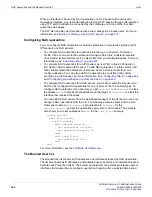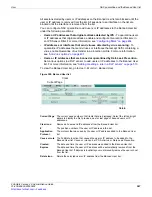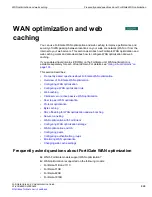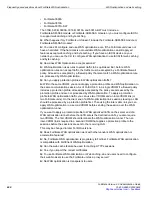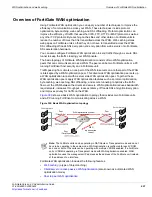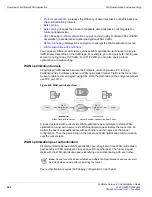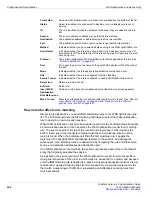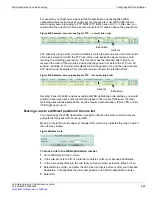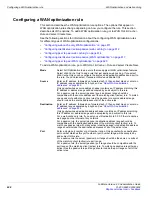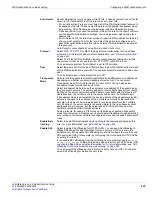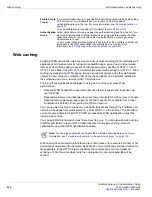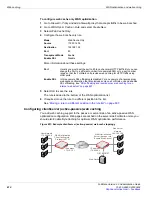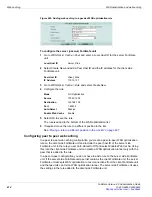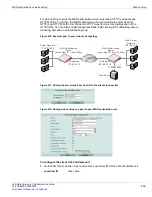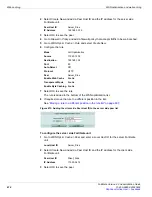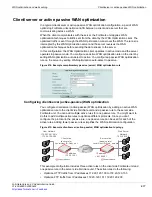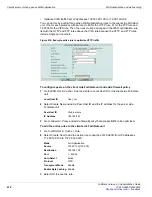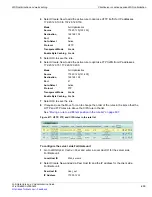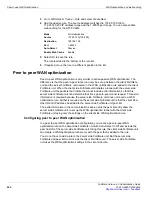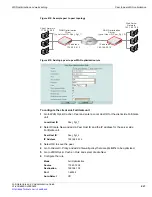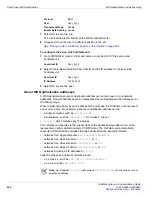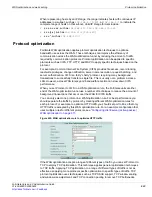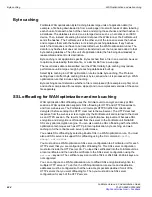
Web caching
WAN optimization and web caching
FortiGate Version 4.0 Administration Guide
610
01-400-89802-20090424
Web caching
FortiGate WAN optimization web caching is a form of object caching that accelerates web
applications and web servers by reducing bandwidth usage, server load, and perceived
latency. Web caching supports explicit and transparent proxy caching of HTTP 1.0 and
HTTP 1.1 web sites. See
for information about web caching for HTTP 1.1. Web
caching involves storing HTML pages, images, servlet responses and other web based
objects for later retrieval. FortiGate units cache these objects on a hard disk installed in
the FortiGate unit or on a remove iSCSI or SAS device.
There are three significant advantages to using web caching to improve WAN
performance:
•
Reduced WAN bandwidth consumption because fewer requests and responses go
over the WAN
•
Reduced web server load because there are fewer requests for web servers to handle
•
Reduced latency because responses for cached requests are available from a local
FortiGate unit instead of from across the WAN or Internet.
You can use web caching to cache any web traffic that passes through the FortiGate unit,
including web pages from web servers on a LAN, WAN or on the Internet. The FortiGate
unit caches web objects for all HTTP traffic processed by WAN optimization rules that
include web caching.
You can add WAN optimization rules for web caching only. You can also add web caching
to WAN optimization rules for HTTP traffic that also include byte caching, protocol
optimization, and other WAN optimization features.
Web caching cannot determine whether a file is compressed (for example a zip file) or not
and caches compressed (for example, zipped) and non-compressed versions of the same
file separately. If the HTTP protocol considers the compressed and uncompressed
versions of a file the same object only the compressed or uncompressed file will be
cached.
Enable Secure
Tunnel
If you select
Enable Secure Tunnel
the WAN optimization tunnel is encrypted using
SSL encryption. If you enable the secure tunnel you must also add an
authentication group to the rule. For more information, see
You can enable secure tunnelling if
Auto-Detect
is set to
Active
or
Off
.
Authentication
Group
Select
Authentication Group
and select an authentication group from the list if you
want the FortiGate units to authenticate with each other before starting the WAN
optimization tunnel. You must also select an authentication group if you select
Enable Secure Tunnel
.
You must add identical authentication groups to both of the FortiGate units that will
participate in the WAN optimization tunnel started by the rule. For more
information, see
“Configuring authentication groups” on page 635
.
Note:
You can also enable web caching for the FortiGate explicit web proxy. For more
information, see
“To enable web caching for the explicit web proxy” on page 149
.
Summary of Contents for Gate 60D
Page 705: ...www fortinet com...
Page 706: ...www fortinet com...

